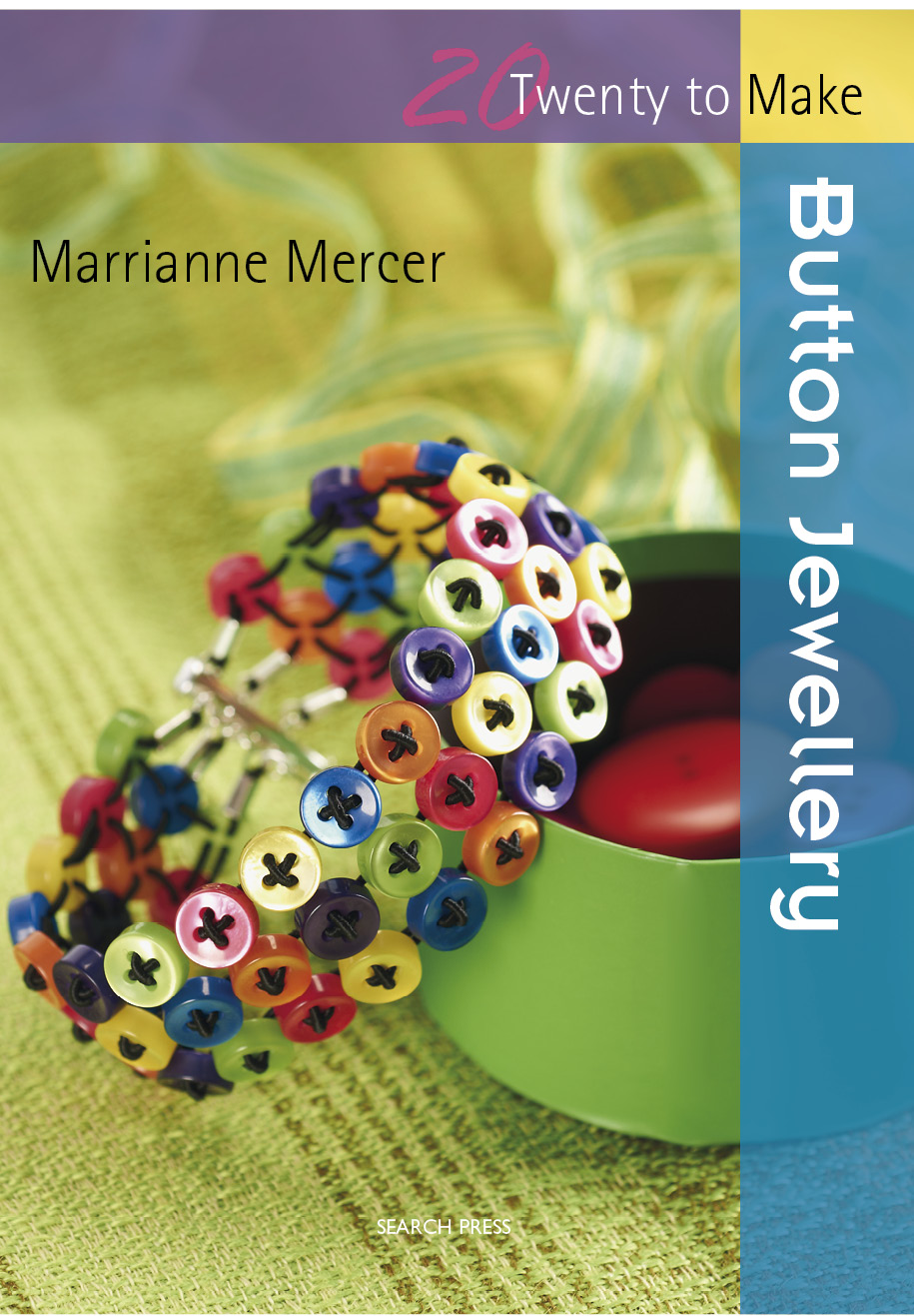

Marrianne Mercer studied at Buckinghamshire Chilterns University to gain a degree in Graphic Design and Advertising in 2005. From there she moved back to Kent to start her career as a graphic designer. She now works as a designer for a book publisher and enjoys making handmade beaded jewellery at weekends.
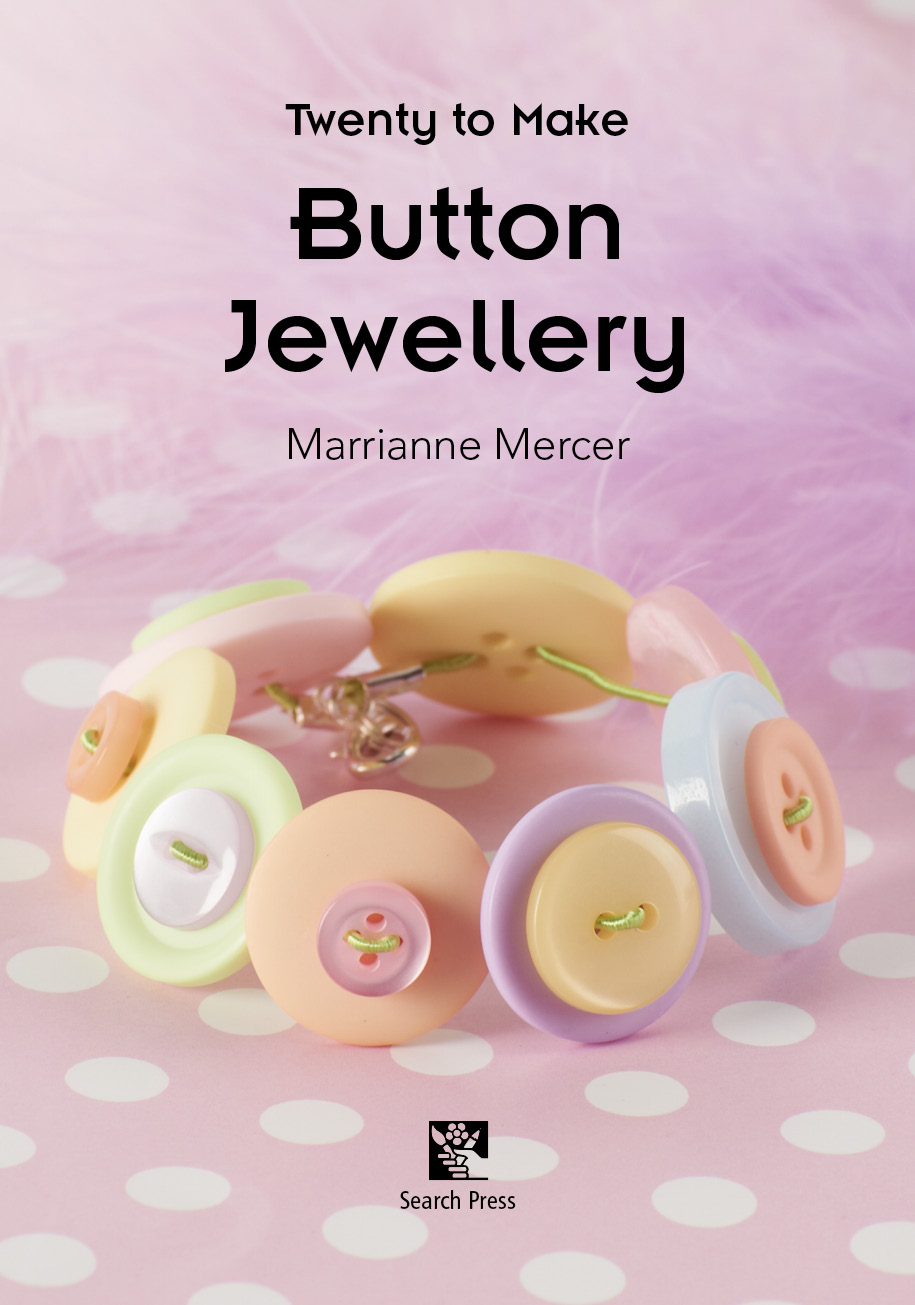
First published in Great Britain 2011 Search Press Limited
Wellwood, North Farm Road,
Tunbridge Wells, Kent TN2 3DR Text copyright Marrianne Mercer 2011 Photographs by Debbie Patterson at Search Press Studios Photographs and design copyright Search Press Ltd 2011 All rights reserved. No part of this book, text, photographs or illustrations may be reproduced or transmitted in any form or by any means by print, photoprint, microfilm, microfiche, photocopier, internet or in any way known or as yet unknown, or stored in a retrieval system, without written permission obtained beforehand from Search Press. Print ISBN: 978-1-84448-654-0 EPUB ISBN: 978-1-78126-035-7 Kindle ISBN: 978-1-78126-090-6 PDF ISBN: 978-1-78126-144-6 The Publishers and author can accept no responsibility for any consequences arising from the information, advice or instructions given in this publication.
Readers are permitted to reproduce any of the items in this book for their personal use, or for the purpose of selling for charity, free of charge and without the prior permission of the Publishers. Any use of the items for commercial purposes is not permitted without the prior permission of the Publishers. Suppliers If you have difficulty in obtaining any of the materials and equipment mentioned in this book, then please visit the Search Press website for details of suppliers:
www.searchpress.com
| Dedication To my Mum and Dad, who have always encouraged my creativity. |
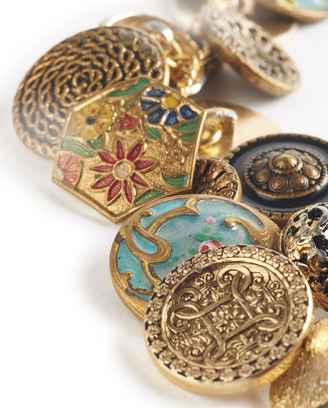
| A note on buttons There are many varieties of button available on the market, and although I specify what kind of button to use in each project, please use you imagination and if you cant find the exact colour or size, use something similar and adapt the design accordingly. Buttons can be very expensive, so shop around. ebay shops are also very good and those dedicated to crafts or just buttons are excellent at keeping specific buttons in stock. ebay shops are also very good and those dedicated to crafts or just buttons are excellent at keeping specific buttons in stock. If the internet isnt your thing, then many haberdashery stores stock a great array of buttons, as do specialist art and craft shops. Buttons can also be bought from papercraft sections in shops, as they are used to adorn handmade cards. |
Contents

Introduction After taking a day course in beaded jewellery making, I was hooked, but I would never have believed that it would lead me to writing my own book. Buttons are not something you notice until they become the subject of a project. There really are thousands out there of varying colours, shapes and sizes and combinations of them can be used to create a beautiful, fun and charming piece of jewellery. I hope in this book I can teach you how to use simple and some more complex beading techniques, and how to integrate those with buttons.
I had lots of fun thinking up these original designs and really hope that while I use a particular size and colour of button, you also become imaginative with the buttons you use. You can change colour schemes or add some textured, metal or wooden buttons to create a completely different look, so let your imagination run wild. It is also a great idea to raid your mothers, grandmothers or next door neighbours button tin, not only because this is recycling, but also because it helps to save on cost and creates a unique piece of jewellery. I hope you gain as much satisfaction from making jewellery as I do. Good luck. 1 Ruler This helps you to measure and cut lengths of wire and cord. 2 Wire cutters Use these to cut jewellery or craft wire. 3 Flat-nosed pliers These help to flatten crimp beads, hold wires in position and open and close jump rings. 4 Round-nosed pliers These help to create smooth loops of wire, and to finish off wire-wrapped loops. 4 Round-nosed pliers These help to create smooth loops of wire, and to finish off wire-wrapped loops.
Snipe (chain)-nosed pliers Used to hold jump rings and to close cord end crimps. 6 Scissors These are for cutting cord or elastic. 7 Variety of chains Chain can be purchased in all kinds of sizes, shapes and colours. 8 Flexible beading wire This is made up of a number of fine, flexible wires coated in plastic for durability. 9 Leather thong A softer, durable alternative to chain. 11 Cotton-coated memory wire A colourful, workable and attractive variation to jewellery or craft wire. 12 Cotton thong A good material to use for colourful or longer jewellery styles. 13 Necklace cones Use these to link together more than one string of beads or buttons. 14 Swivel clip These are excellent for charms. 15 Head pins and eye pin s These help to link buttons and beads on to chain. 16 Findings These include earring hooks, cord end crimps, lobster clasps, stud earrings and butterflies, jump rings, split rings, bolt rings and crimp beads. 17 Beading mat This helps to stop materials rolling on to the floor. 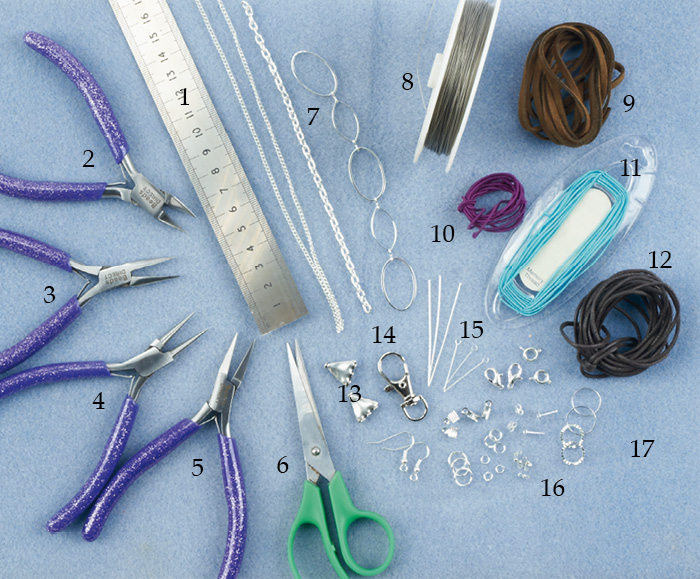
Diagrams
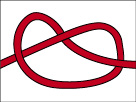
Diagram 1 A single overhand knot.
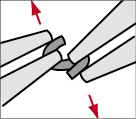
Diagram 2 Opening a jump ring.
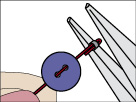
Diagram 3 Flattening a crimp.
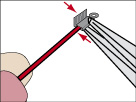
Diagram 4 Flattening a cord end crimp.
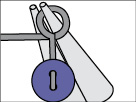
Diagram 5 1.

Diagram 5 1.
To make a wire-wrapped loop, first wrap the wire in a loop around one jaw of a pair of round-nosed pliers. 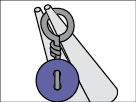 2. Wrap the wire back round the main leg two or three times to secure.
2. Wrap the wire back round the main leg two or three times to secure. 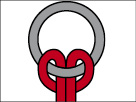

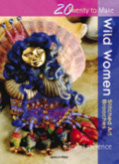
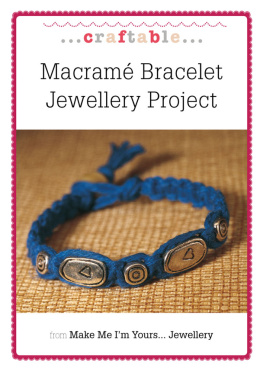
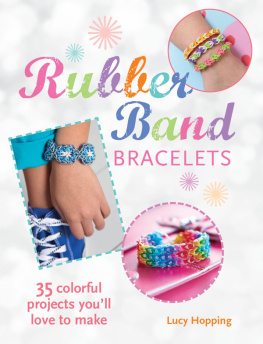
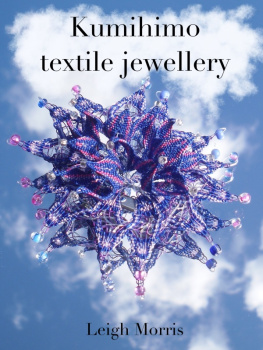

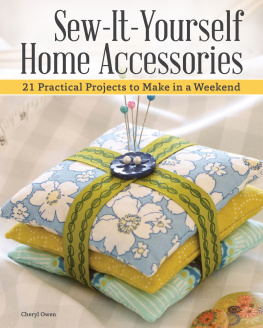
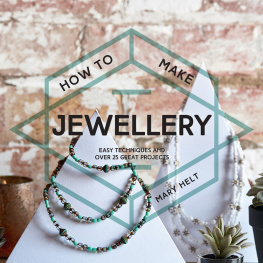
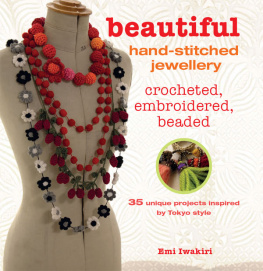
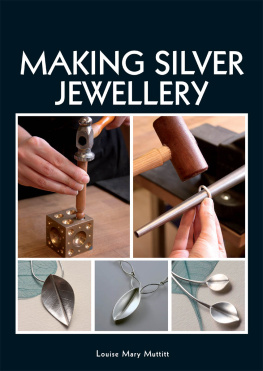
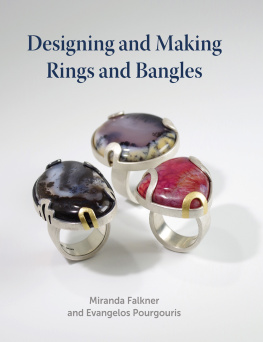
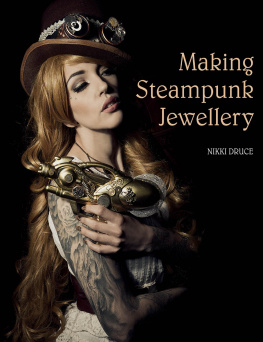
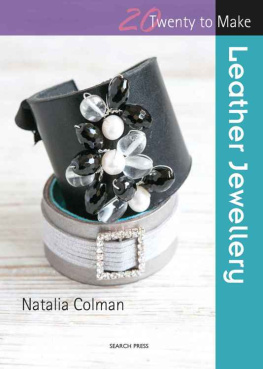

 Marrianne Mercer studied at Buckinghamshire Chilterns University to gain a degree in Graphic Design and Advertising in 2005. From there she moved back to Kent to start her career as a graphic designer. She now works as a designer for a book publisher and enjoys making handmade beaded jewellery at weekends.
Marrianne Mercer studied at Buckinghamshire Chilterns University to gain a degree in Graphic Design and Advertising in 2005. From there she moved back to Kent to start her career as a graphic designer. She now works as a designer for a book publisher and enjoys making handmade beaded jewellery at weekends.  First published in Great Britain 2011 Search Press Limited
First published in Great Britain 2011 Search Press Limited


 Diagram 1 A single overhand knot.
Diagram 1 A single overhand knot.  Diagram 2 Opening a jump ring.
Diagram 2 Opening a jump ring.  Diagram 3 Flattening a crimp.
Diagram 3 Flattening a crimp.  Diagram 4 Flattening a cord end crimp.
Diagram 4 Flattening a cord end crimp.  Diagram 5 1.
Diagram 5 1.  2. Wrap the wire back round the main leg two or three times to secure.
2. Wrap the wire back round the main leg two or three times to secure. 